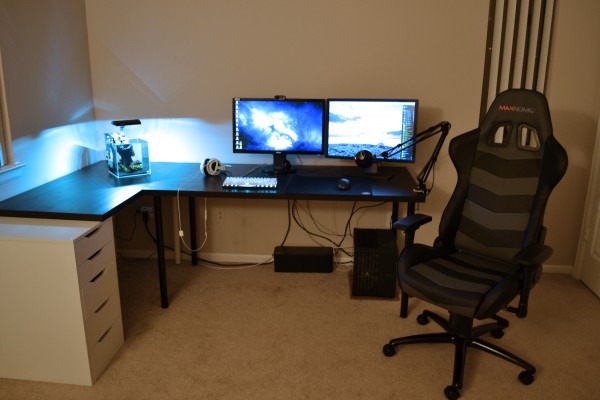Workers in the UK regularly spend at least 35 hours a week sat in their office chairs. This duration of time can lead to all sorts of medical problems if the chair is not the correct fit to accommodate the employee’s physique. People in the UK come in varying shapes and sizes and according to the Global Burden of Disease study, 67% of men and 57% of women in the UK are now classified as overweight or obese, which represents a surge in the last three decades.
Unfortunately, not all workplaces have fully examined their office environment and have failed to adapt facilities such as their office chairs in order to support the bodies and health of their larger staff members.

Back-Related Problems
Recently, the TUC (Trades Union Congress) have estimated that British businesses lose around £5bn per year due to their staff’s back-related problems. The link between back injuries and office seating is due to sitting in the same position for prolonged periods of the day, causing the full weight of a person’s upper body to be pushed into the buttocks, thighs and pelvic structure whilst also exerting excessive stress on the spinal column. This effect is more pronounced in heavier and taller individuals.
Why Choose A Correctly Sized Chair?
A bigger chair will do much to improve the health of a larger person as the risk of back-related injury as well as neck, leg and abdominal pain is reduced. In addition, employees who are utilising larger chairs are less likely to suffer from eye strain as they will be situated at the correct distance from their display screens. Another benefit of using a correctly sized chair is that blood flow around the body will be more efficient, therefore reducing the likelihood of movement disorders.
Important Features Of An Ergonomic Chair
When choosing an ergonomic office chair for a taller or larger sized employee, it is important to note whether the following features are present:
- An adjustable length seat pan to accommodate different body sizes
- A contoured seat pan to allow for even weight distribution
- A large enough backrest to provide good back support
- The back of the chair should allow freedom of movement for the elbows behind the torso
- Mid-back and upper-back support should exist, up to the level of the shoulder blades, as well as support in the lumber region
Productivity
Employers who are committed to providing larger chairs for their staff can enjoy increased levels of productivity from their workers. Aside from enjoying improved health benefits, their employees will find the seating more comfortable and less likely to cause fatigue. Happy and alert staff work more efficiently and take less sick leave than those who are seated in ill-fitting chairs which cause problems such as repetitive strain injury.
‘One size fits all’ is not a notion that should be turned into company policy when considering the seating for your various staff members. Employers would do well to take a look at their current chairs and check out the wide range of ergonomic options available to them in order to improve the lives of their staff and the success of their business.
Patrick Boland is the CEO of H&M Ergo Seating, who supply heavy-duty office seating. Patrick believes that comfortable employees are happier and more productive.
